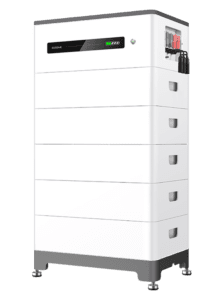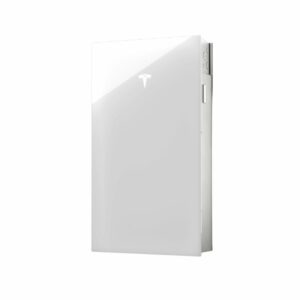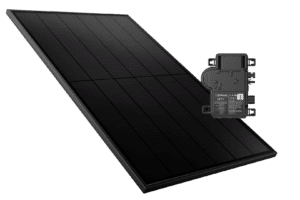Harnessing Solar Energy Beyond the Sun
Solar panel systems are a popular choice for renewable energy generation, but their effectiveness can be limited by fluctuating sunlight. This is where solar panel battery storage systems come into play. By storing excess energy produced during sunny periods, these batteries ensure a consistent power supply, day or night. This article explores the benefits, types, installation, and maintenance of solar panel battery storage.
Benefits of Solar Panel Battery Storage
Solar panel battery storage offers several advantages for homeowners and businesses:
- Energy Independence: Store excess solar energy for use during periods of low sunlight or at night, reducing reliance on the grid.
- Cost Savings: Maximize self-consumption of solar energy, reducing electricity bills by using stored energy during peak times.
- Grid Stability: Support grid stability by reducing peak demand and providing backup power during outages.
- Environmental Impact: Increase use of renewable energy, reducing carbon footprint and supporting sustainable practices.
Types of Solar Panel Battery Storage Systems
Several types of batteries are used for solar panel storage, each with unique characteristics:
- Lead-Acid Batteries: Traditional and cost-effective, but have shorter lifespan and lower efficiency.
- Lithium-Ion Batteries: Lightweight, high energy density, longer lifespan, and faster charging times.
- Flow Batteries: Long lifecycle, suitable for large-scale storage, but larger and more expensive.
- Nickel-Cadmium Batteries: Reliable in extreme temperatures, but less common due to cadmium toxicity.
Choosing the Right Solar Panel Battery System
Factors to consider when selecting a solar panel battery storage system:
- Capacity: Determine energy storage needs based on household or business consumption patterns.
- Power Rating: Ensure the battery can handle peak energy demands.
- Efficiency: Consider round-trip efficiency, indicating how much stored energy is available for use.
- Lifecycle: Evaluate battery lifespan and warranty to maximize return on investment.
- Integration: Compatibility with existing solar panel systems and inverters.
Installation Process of Solar Panel Battery Storage
Key steps involved in installing solar panel battery storage systems:
- Site Assessment: Evaluate space, sun exposure, and electrical setup to determine optimal placement.
- System Design: Design battery system based on energy usage and storage requirements.
- Component Installation: Install batteries, inverters, charge controllers, and monitoring systems.
- Electrical Wiring: Connect batteries to solar panels and electrical grid, ensuring safety and compliance.
- Testing and Commissioning: Test system performance, including energy storage, charging, and discharge capabilities.
Maintenance and Monitoring
Tips for maintaining and monitoring solar panel battery storage systems:
- Regular Inspections: Check battery performance, connections, and safety features.
- Cleaning: Keep panels and batteries free of dust and debris to optimize energy efficiency.
- Monitoring: Use software or apps to track energy production, storage levels, and system health.
- Service and Repairs: Schedule professional maintenance to address any issues and maximize system longevity.
Embracing Solar Panel Battery Storage for a Sustainable Future
Solar panel battery storage systems are revolutionizing energy management, offering reliability, cost savings, and environmental benefits. By investing in the right battery system, maintaining it properly, and integrating renewable energy practices, homeowners and businesses can enhance energy independence and contribute to a cleaner, greener future. Explore solar panel battery storage options today to harness the full potential of solar energy beyond daylight hours.








